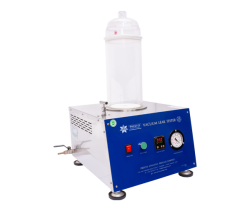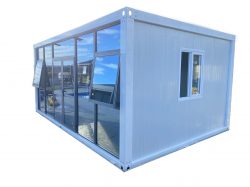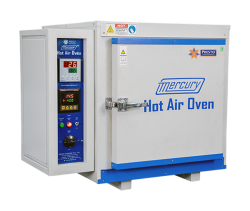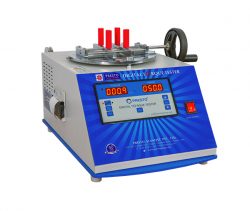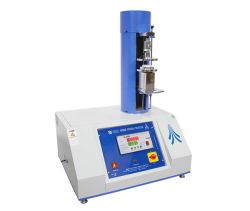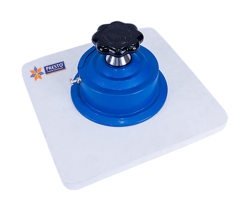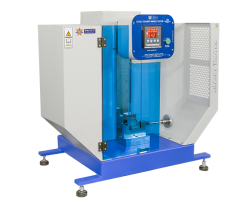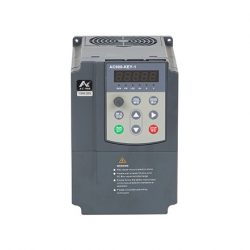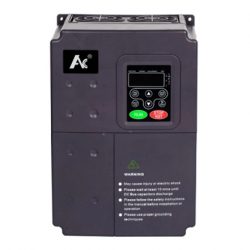What are the trends shaping the future of industrial outdoor storage solutions?
In the dynamic landscape of industrial operations, efficient storage is crucial for maintaining streamlined processes and optimizing productivity. Industrial outdoor storage facilities, in particular, play a pivotal role in housing equipment, raw materials, and finished products. To ensure these spaces function seamlessly, businesses must adhere to best practices in organization and maintenance. This article explores key strategies for achieving an organized and well-maintained Industrial Outdoor Storage.
1. Conduct Regular Audits and Inventory Checks: Regular audits are fundamental to maintaining an organized industrial outdoor storage facility. Conducting routine checks help identify obsolete items, potential safety hazards, and ensures accurate inventory levels. By staying on top of inventory management, businesses can prevent overstocking or stockouts, ultimately saving both time and resources.
2. Implement a Systematic Layout: A systematic layout is the backbone of an organized storage facility. Designate specific zones for different types of materials or products, and ensure clear signage for easy navigation. This minimizes the risk of misplacement and allows employees to locate items quickly, reducing downtime and improving overall efficiency.
3. Invest in Durable Storage Solutions: Selecting the right storage solutions is essential for maintaining the integrity of stored materials. Invest in durable and weather-resistant storage options, such as high-quality shelving, racks, and containers. This not only protects items from the elements but also extends the lifespan of the storage infrastructure.
4. Prioritize Safety Measures: Safety should be a top priority in any industrial setting. Implement safety measures such as proper lighting, non-slip flooring, and clear pathways. Regularly inspect storage equipment for signs of wear and tear, and promptly address any issues to prevent accidents and injuries.
5. Utilize Technology for Inventory Management: Incorporating technology into inventory management can significantly enhance organization and maintenance efforts. Implement inventory management software to track stock levels, monitor usage patterns, and automate reorder processes. This reduces the likelihood of errors and ensures optimal stock levels at all times.
6. Train and Empower Staff: Well-trained and informed staff are essential for maintaining an organized storage facility. Provide comprehensive training on proper storage procedures, safety protocols, and equipment usage. Empower employees to report any issues promptly, fostering a culture of accountability and continuous improvement.
7. Implement a Preventive Maintenance Program: To prolong the lifespan of storage equipment and infrastructure, implement a preventive maintenance program. Regularly inspect and service storage units, shelving, and other equipment to identify and address potential issues before they escalate. This proactive approach minimizes downtime and reduces long-term maintenance costs.
8. Embrace Sustainable Practices: Incorporating sustainable practices not only benefits the environment but can also contribute to cost savings. Consider using eco-friendly materials for storage solutions, implement recycling programs, and explore energy-efficient lighting options. Sustainable practices align with corporate social responsibility goals and create a positive image for the business.
In conclusion, the organization and maintenance of industrial outdoor storage facilities are pivotal for operational efficiency and cost-effectiveness. By implementing these best practices, businesses can create a well-organized and sustainable storage environment (See more), leading to improved productivity and a positive impact on the bottom line.













